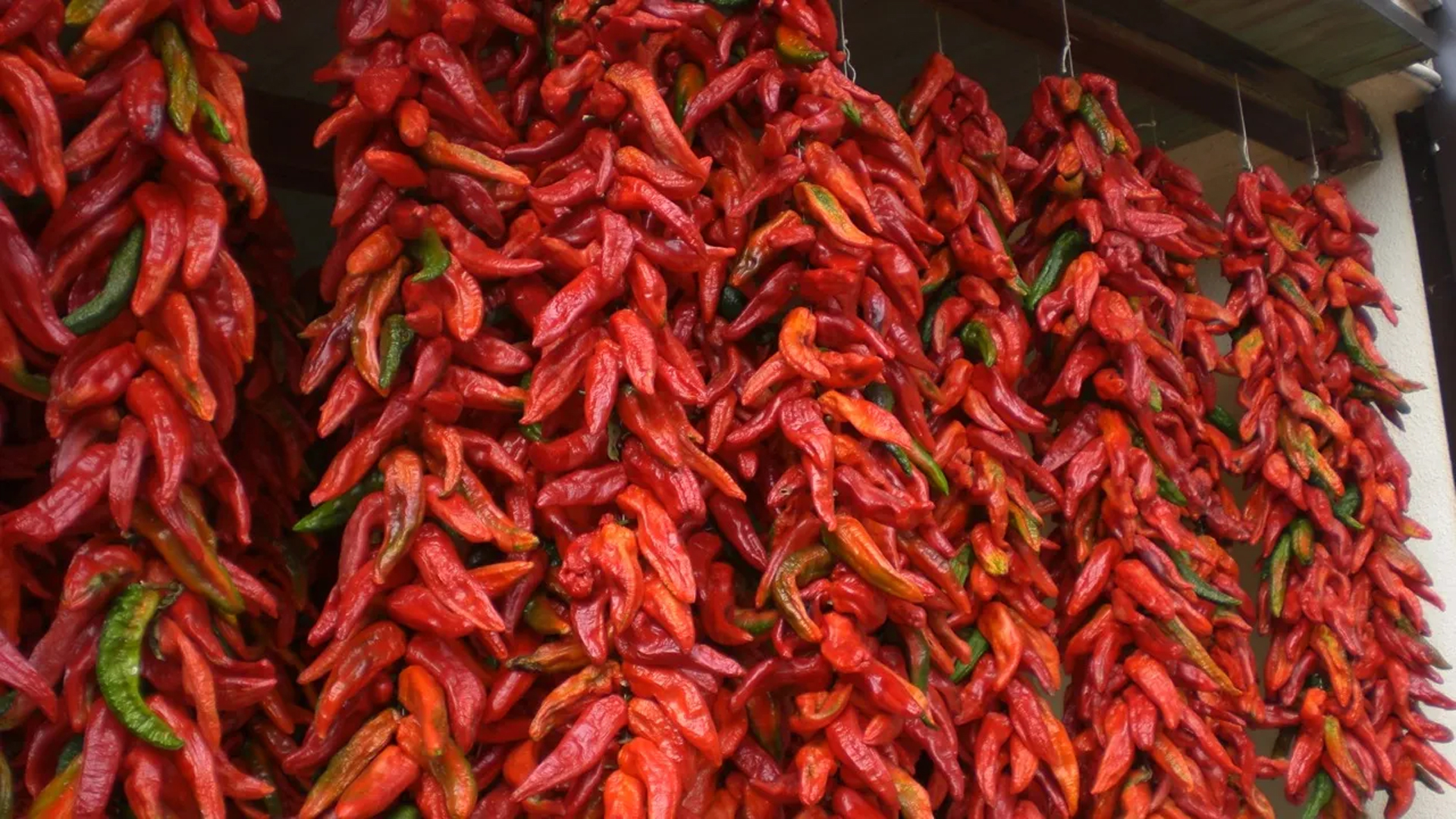Peppers first arrived in Italy in the 1520s. Southern Italians really embraced the new vegetable and developed numerous local varieties. They are used in pasta sauces, to season dishes, and eaten alone. A variety of peppers can be roasted, grilled, fried, and stuffed, eaten fresh, pickled, or dried. They are a versatile and essential part of Italian cuisine–and in many cases, Italian immigrants brought these treasured seeds with them to America. Here are 13 different Italian peppers bringing the heat to any dish:
Quadrato d'Asti

(Photo Credit: The Most Secret Garden)
This Italian bell pepper gets its name from the city of Asti, in the Piedmont region.. It's a sweet pepper known for its large size and bountiful harvests. Red and yellow are the most common colors.
Piccante Calabrese
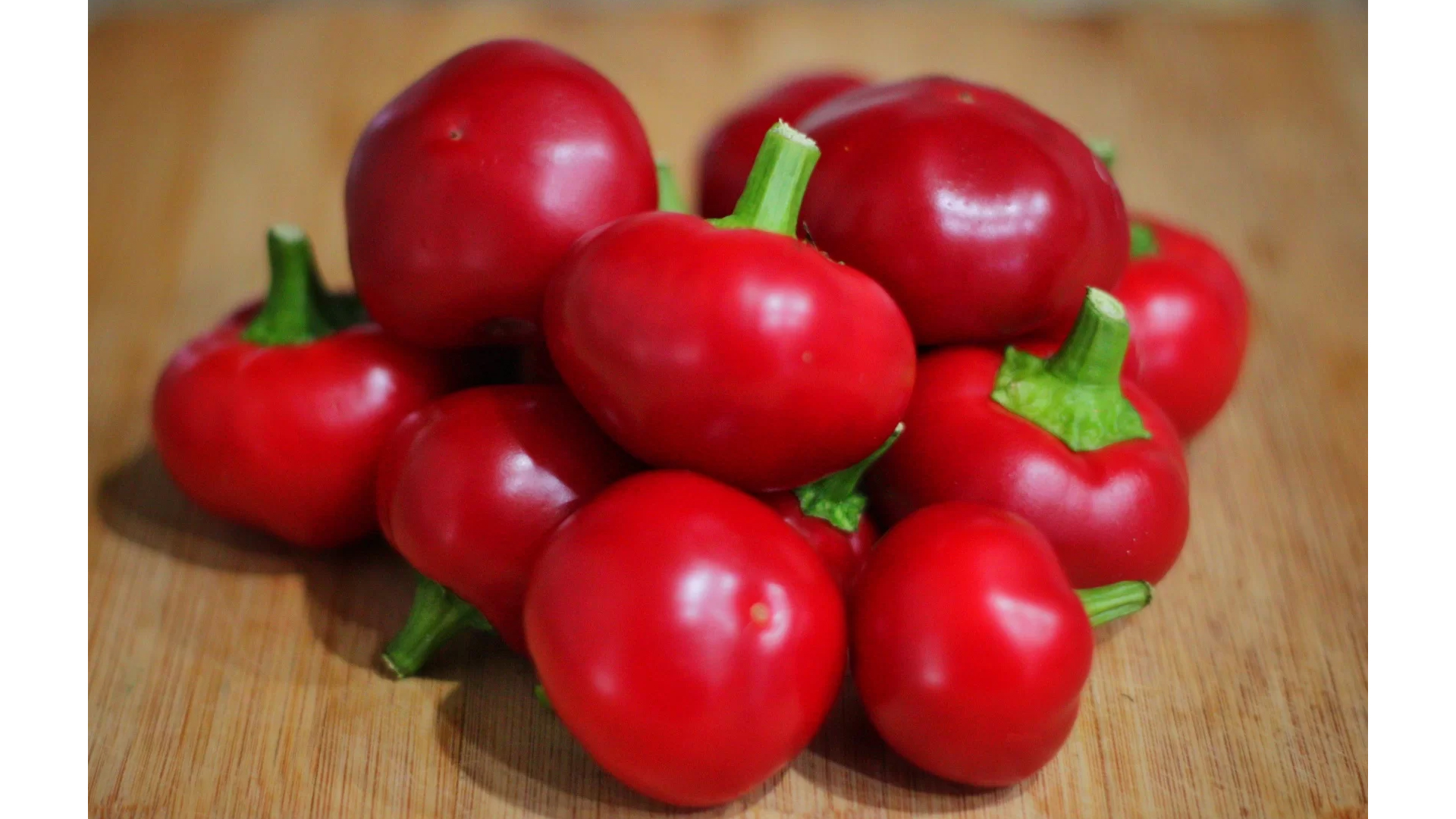
(Photo Credit: Peace, Love, Garden)
Originating in Calabria, this variety is round and bright red, typically used for pickling or sometimes stuffed. The stuffings are often made of meat, anchovies, or cheese. They have a medium to hot heat. Each year in September, the city of Diamante hosts a festival dedicated to the chili peppers.
Corno di Toro
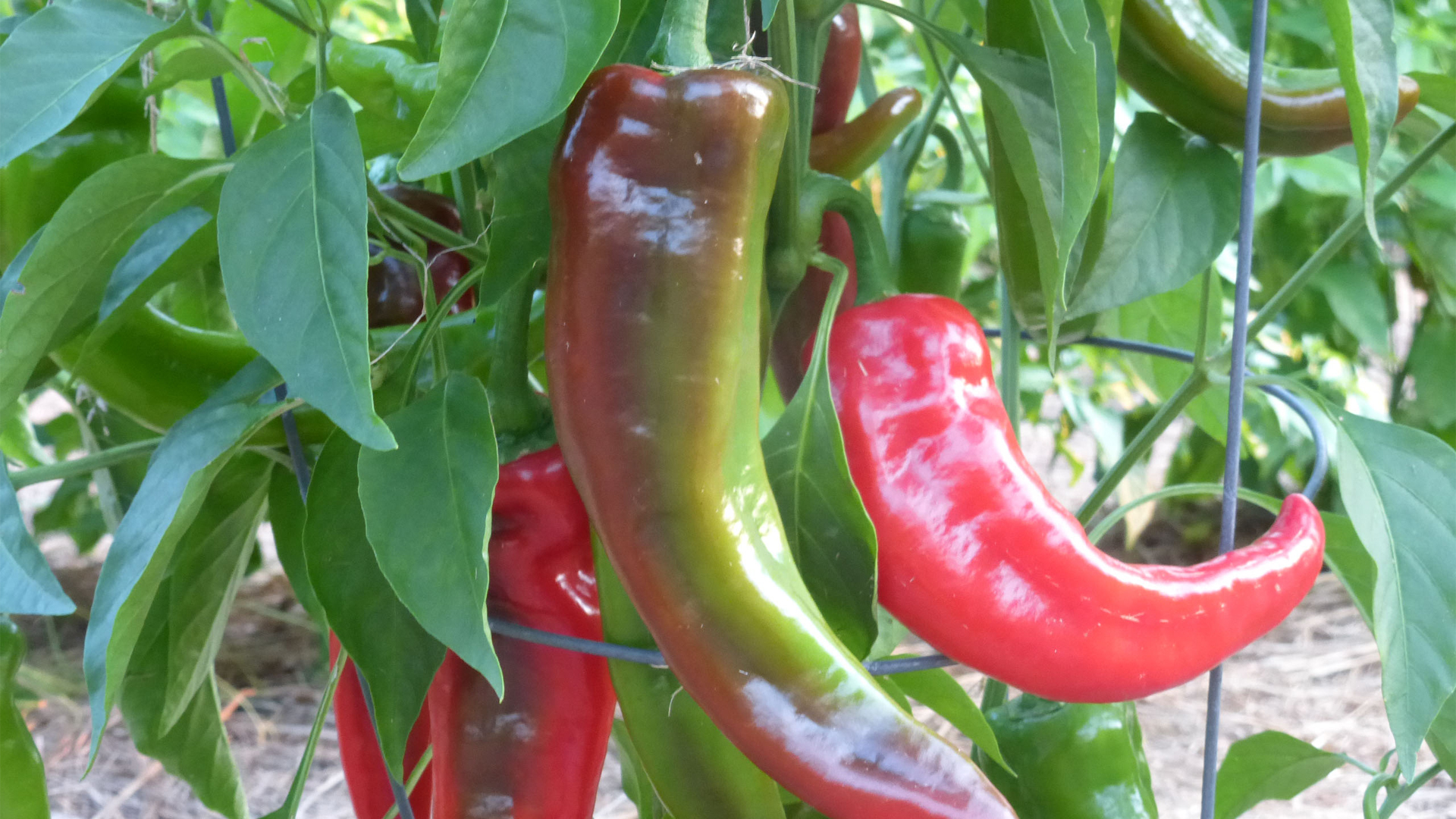
(Photo Credit: Southern Exposure Seed Exchange)
These heirloom peppers are known as the bull horn peppers for their shape. The green pepper will mature into red, orange, and yellow, and are known as excellent for frying. They can be up to eight inches long and are often stuffed. The peppers arrived in the United States in the early 1900s along with the Italian immigrants who grew them in their own gardens. They are similar to pepper styles developed in Cuba. They are generally mild and sweet, a substitute for bell peppers.
Italia

(Photo Credit: Seedwise)
One of the earliest varieties grown in Italy, it is a sweet pepper with a long cone shape that comes to a sharp point.
Marconi
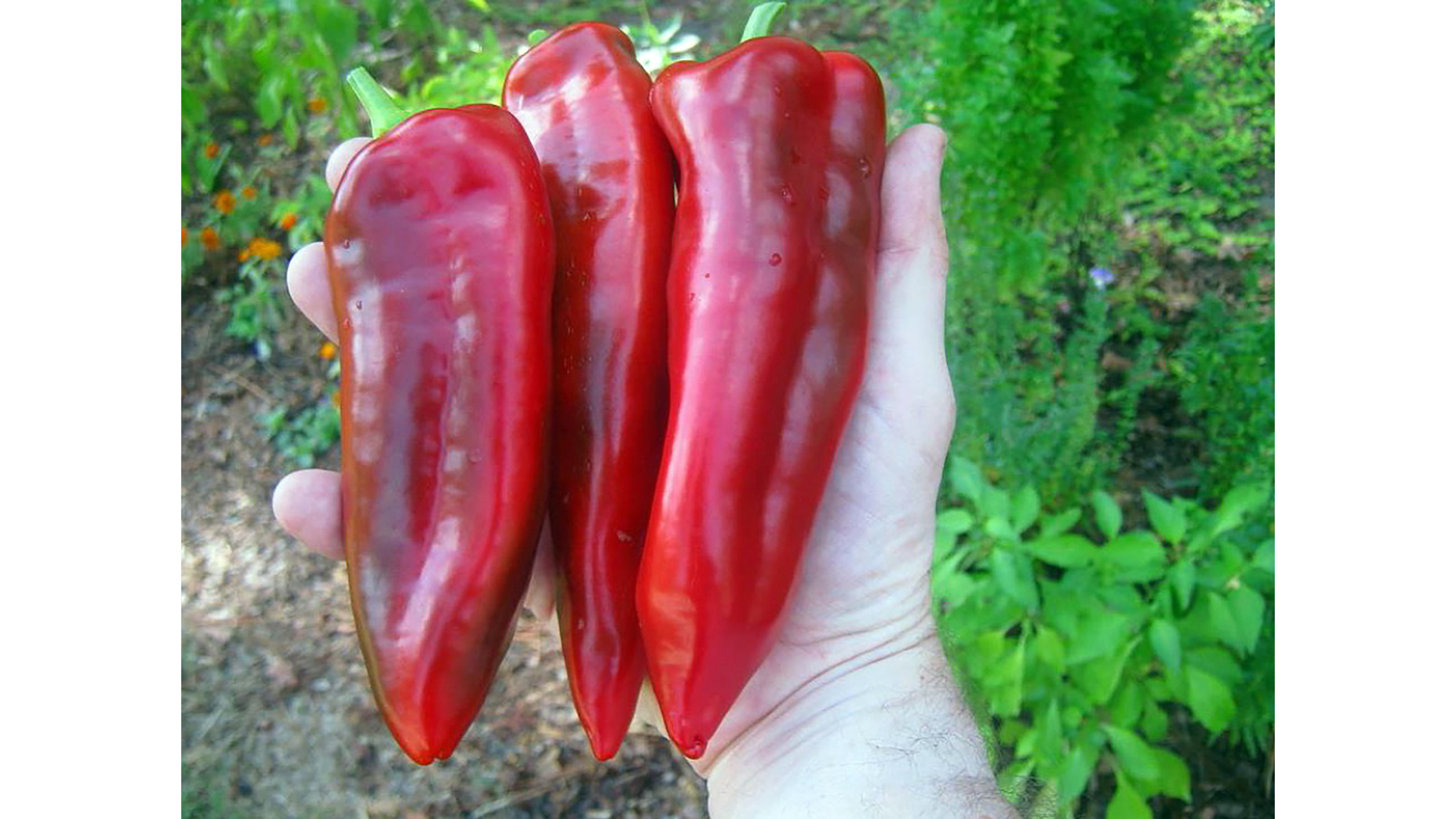
(Photo Credit: Hirt's Garden)
These long sweet peppers come in a rich variety of colors including purple, yellow, and red. Variations include the Marconi giant that can grow up to ten inches long. They are recommended for roasting.
Nardello
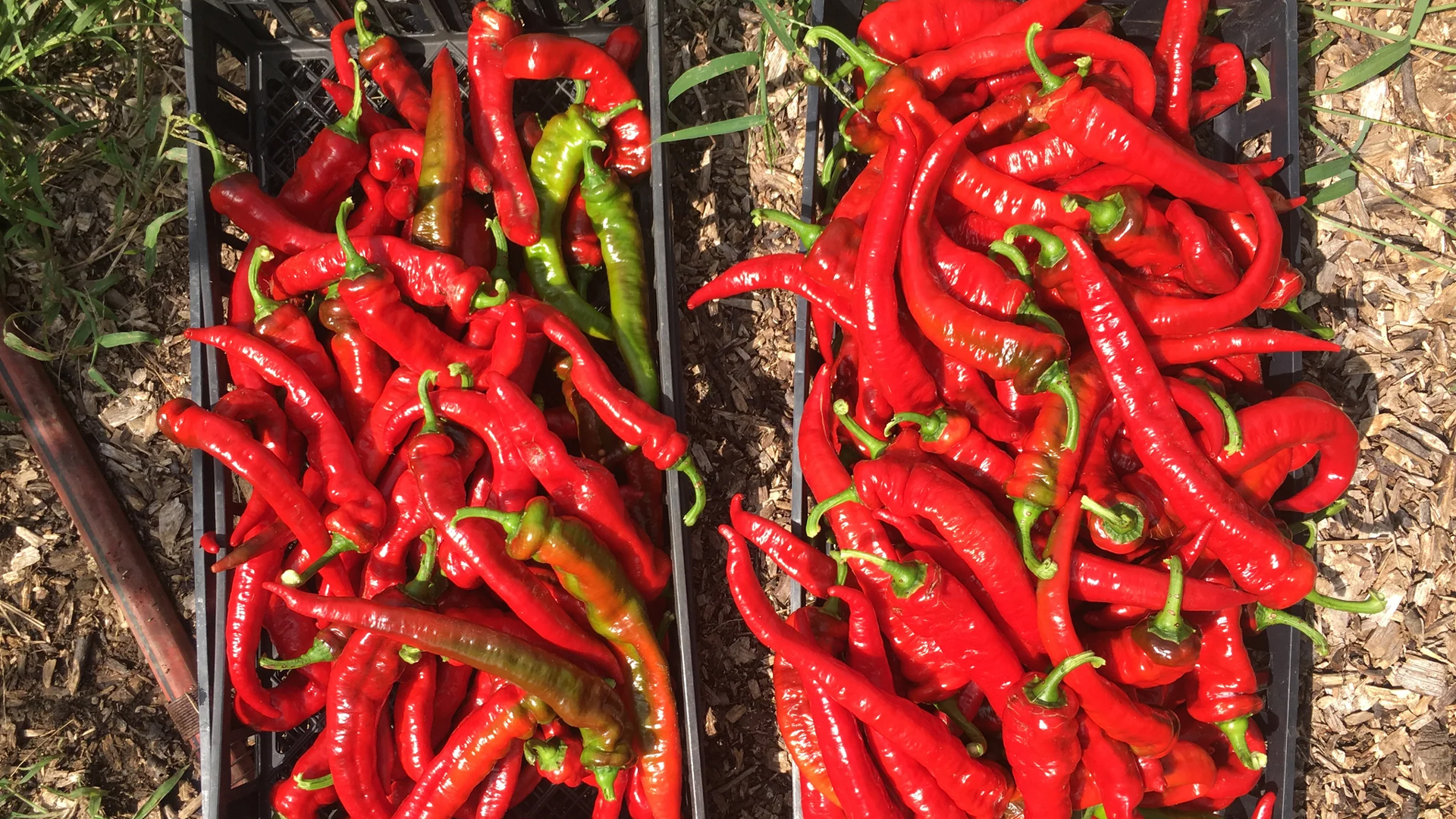
(Photo Credit: Truelove Seeds)
This heirloom sweet pepper has a long, twisted pod. They originated in the town of Ruoti, in Basilicata, Italy. They arrived in America around 1887 when Guiseppe and Angellal Nardello immigrated to Connecticut. The couple grew the peppers in their garden in Naugatuck. The vegetables helped feed their eleven children, and their son Jimmy continued growing them, eventually donating seeds to the Seed Savers Exchange. The pepper cultivar was then named in his honor. The seeds have also been added to the Slow Food seed bank, a system designed to ensure biodiversity. Part of the appeal of these peppers is even when roasted, they retain their bright red color.
Melrose
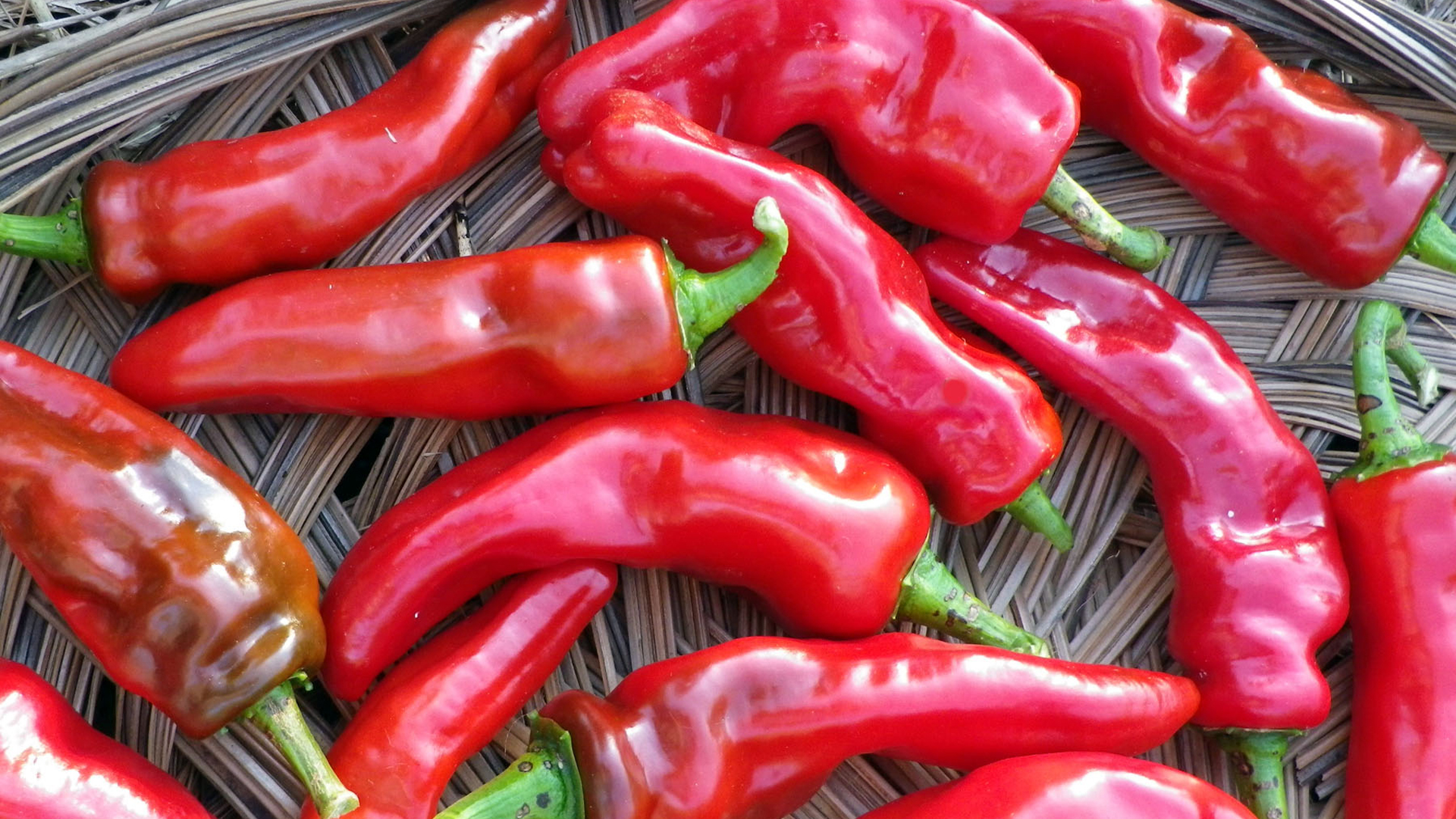
(Photo Credit: Southern Exposure Seed Exchange)
This sweet pepper arrived in the Chicago area in 1903. According to Amy Bizzarri at the Chicago Tribune, Joseph and Lucia Napolitano brought this pepper with them from their hometown of Nocera Inferiore in Campania, Italy. The volcanic soil around Nocera Inferiore was so rich the pepper was known to grow wild there. Italians in Chicago began settling in the Melrose Park neighborhood during the time the Napolitano's had arrived, and many kept small gardens. Their eldest son Tom shortened the family name to Naples, and began selling the Melrose peppers commercially in the 1920s. The peppers are still popular in and around Chicago.
Ammazzo
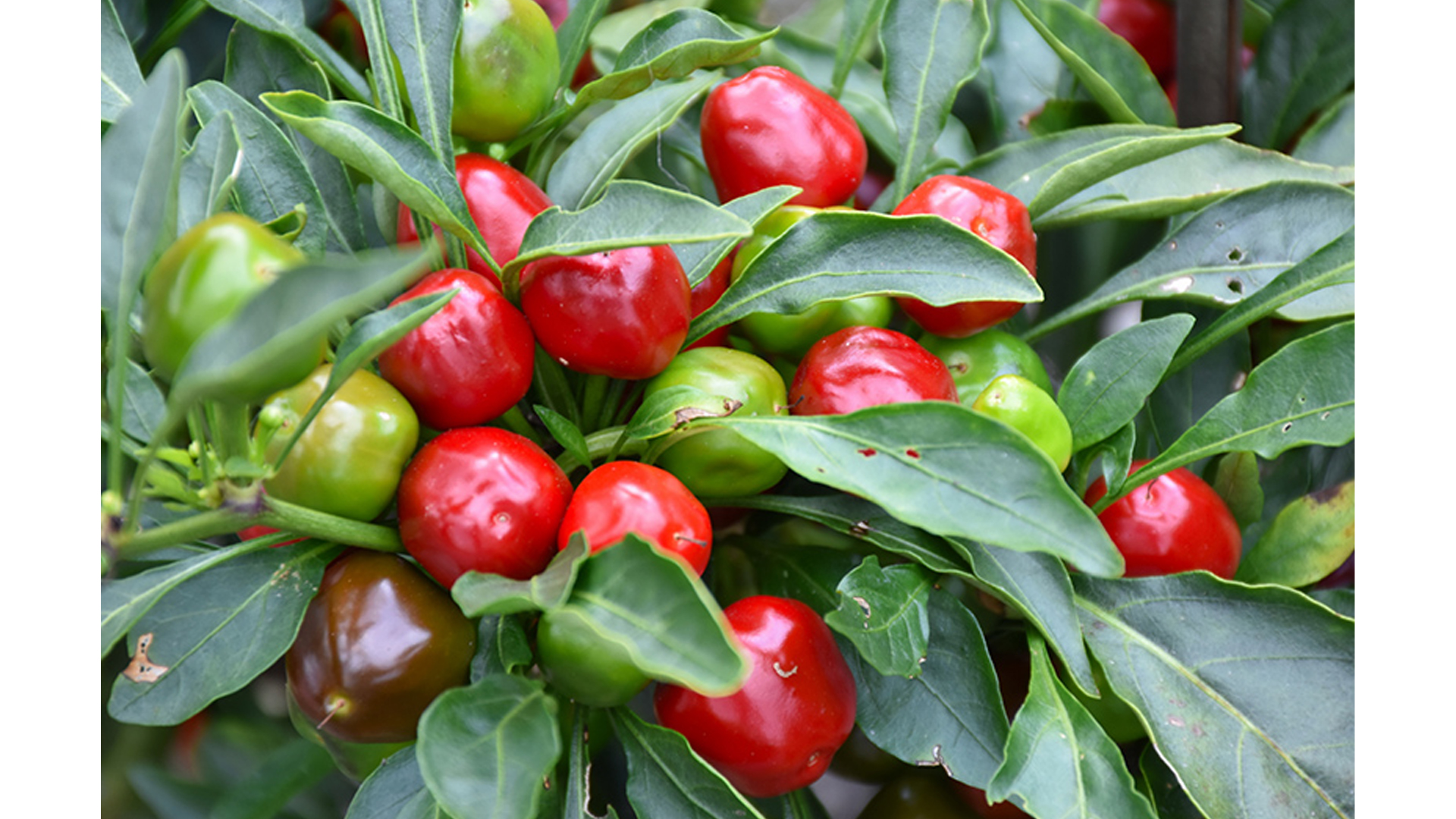
(Photo Credit: Roger's Garden)
The name literally means a small group of flowers because these peppers grow in clusters on the same branch. They are bright red and round, like oversized berries. These are often dried into chili powder.
Friggitello
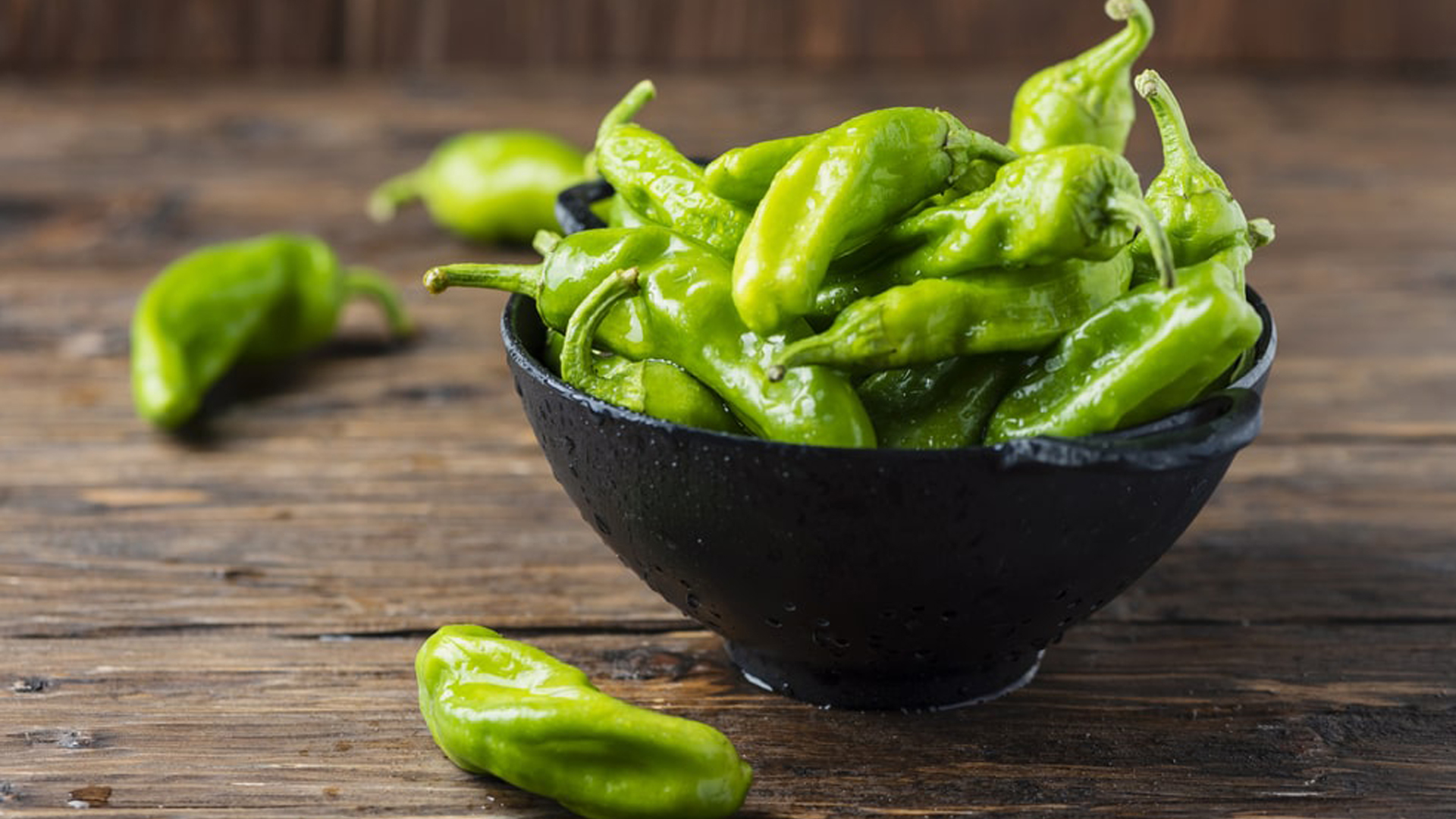
(Photo Credit: Pepper Geek)
This well-known pepper is in Naples for frying. It has a mild heat, and is up to 4 inches long. These are common in southern Italy where they were first developed and are often served with garlic. It's also known as the Tuscan pepper and the Golden Greek pepper. They are best known in America as pepperoncini, pickled in brine. A peperoncino is the singular in Italian, and it is the generic term for pepper, hot or sweet.
Lombardo
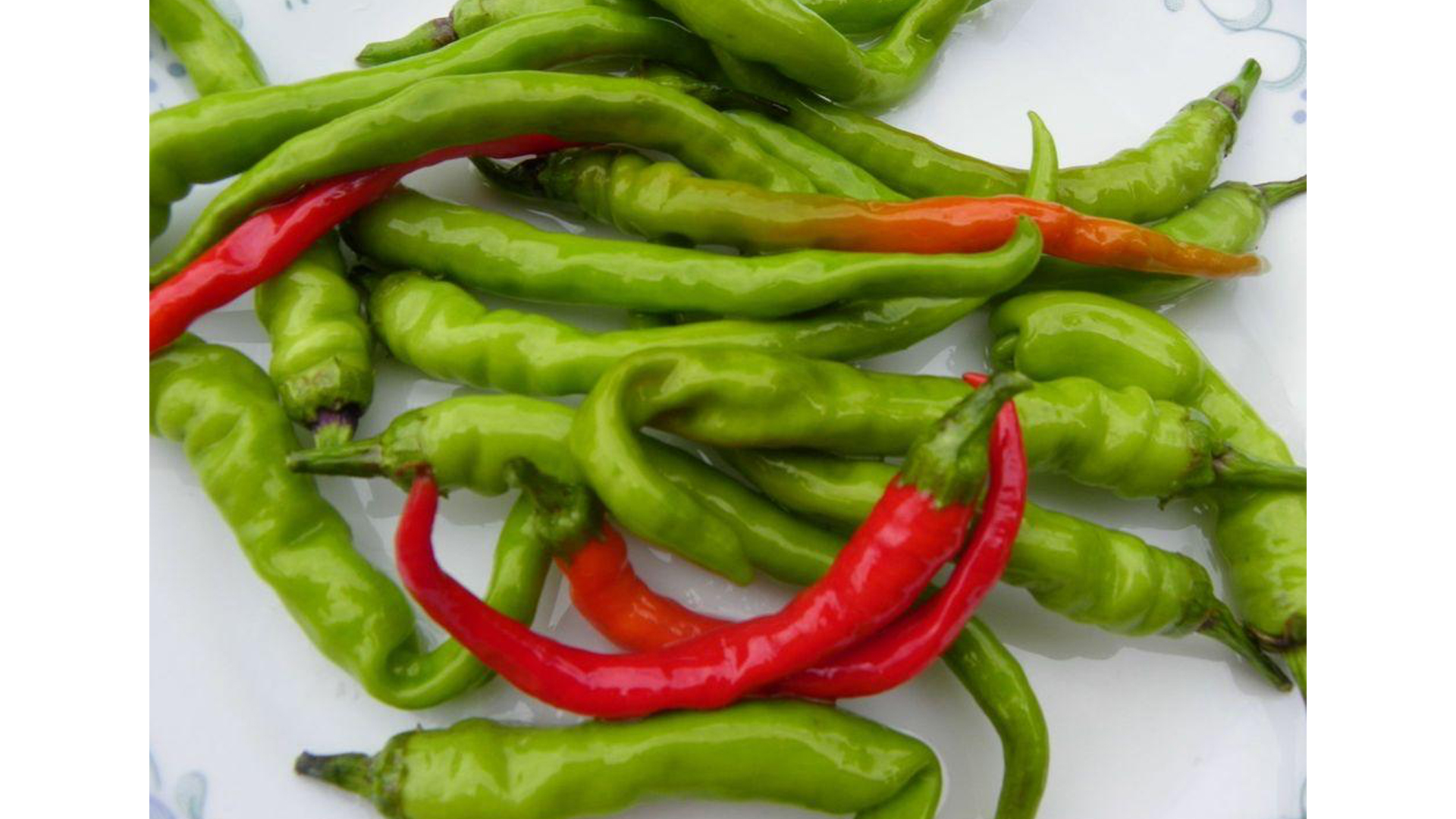
(Photo Credit: National Gardening Association)
An older variety of peppers from Italy, it is often dried or pickled. It is considered slightly sweet. It is sometimes known as a Sigaretto di Bergamo, a "cigarette pepper" from Bergamo, a city northeast of Milan.
Figaro

(Photo Credit: tomatofifu)
Another, smaller sized bell pepper with a sweet flavor.
Peperone di Pontecorvo
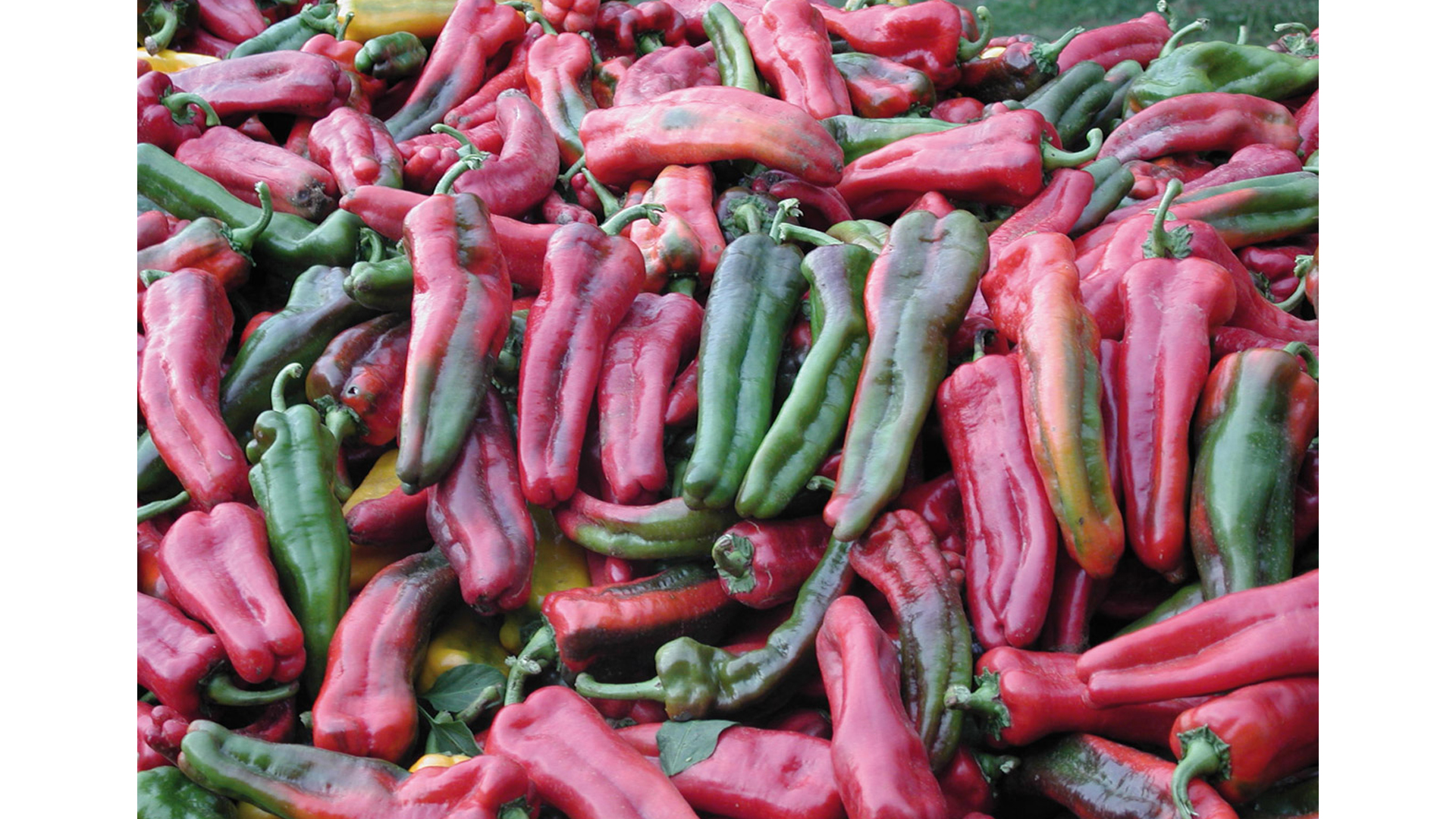
(Photo Credit: qualigeo.eu)
This pepper comes from Pontecorvo in the Lazio region, about halfway between Naples and Rome. The pepper has achieved European Union Protected Designation of Origin signifying the importance of production locally. It has a sweet flavor. The city has cultivated this variety since at least the 1830s and commercial production expanded by a local consortium in 1889. The pepper is considered to have a high digestibility.
Peperone di Senise
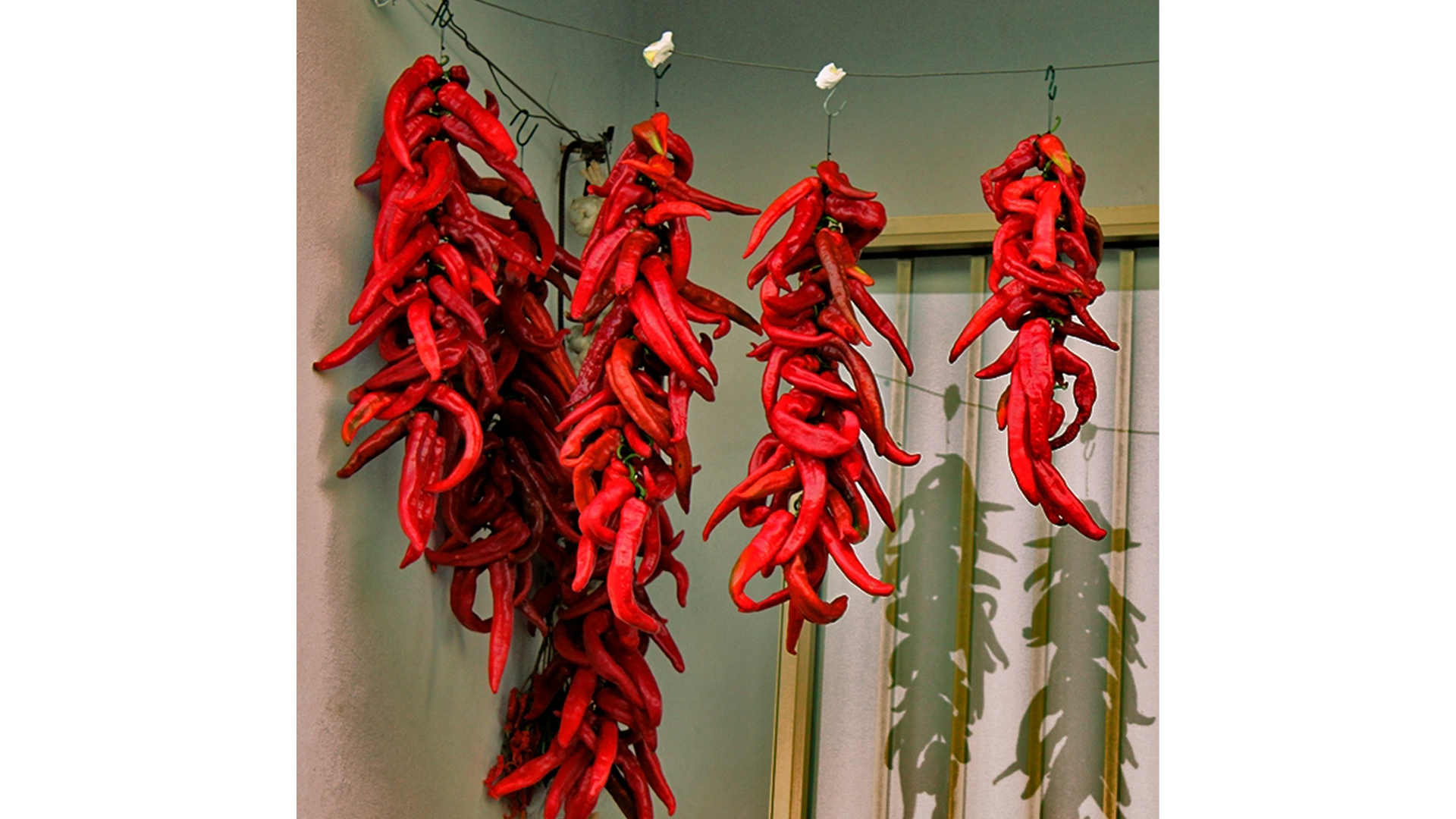
These peppers are protected by the European Union as a protected geographical indication. They are planted by hand, and since they ripen at different times, also require that they are picked by hand. They are then strung up in groups and dried. The peppers date back to the 17th century.
Ian MacAllen
Ian MacAllen is America Domani's Senior Correspondent and the author of Red Sauce: How Italian Food Became American. He is a writer, editor, and graphic designer living in Brooklyn. Connect with him at IanMacAllen.com or on Twitter @IanMacAllen.

